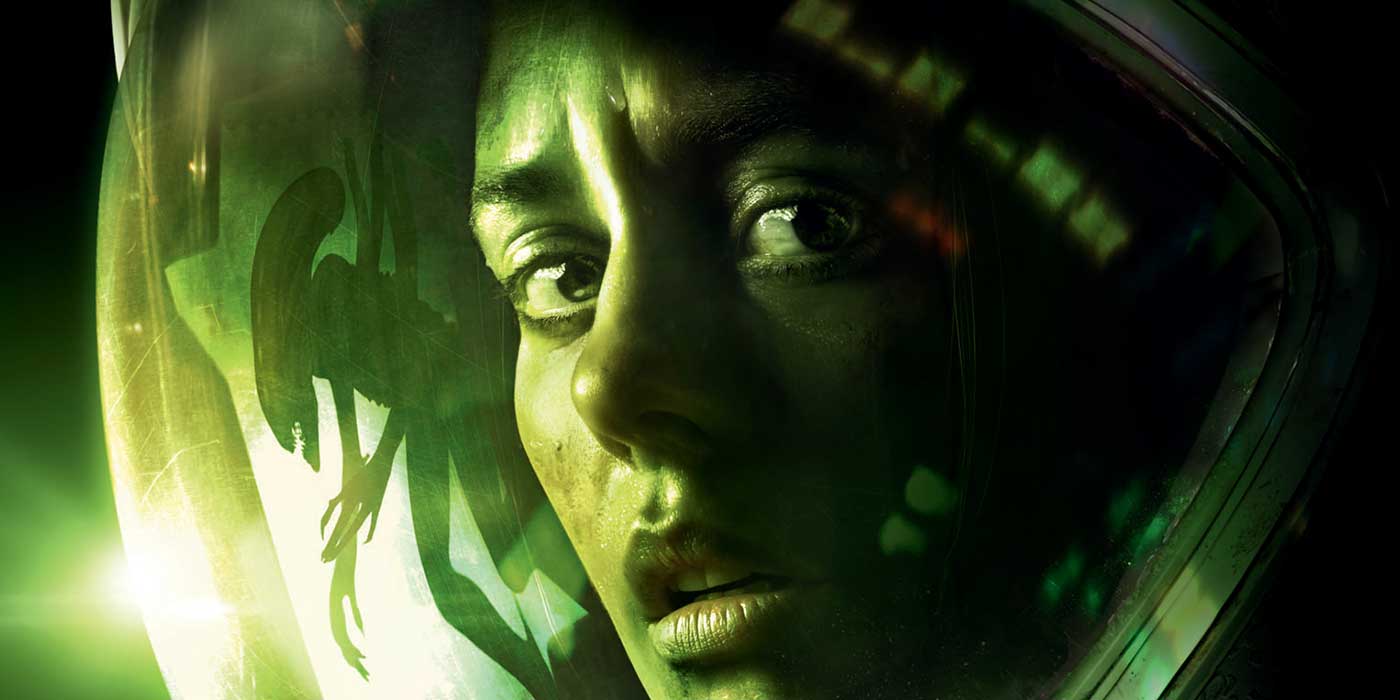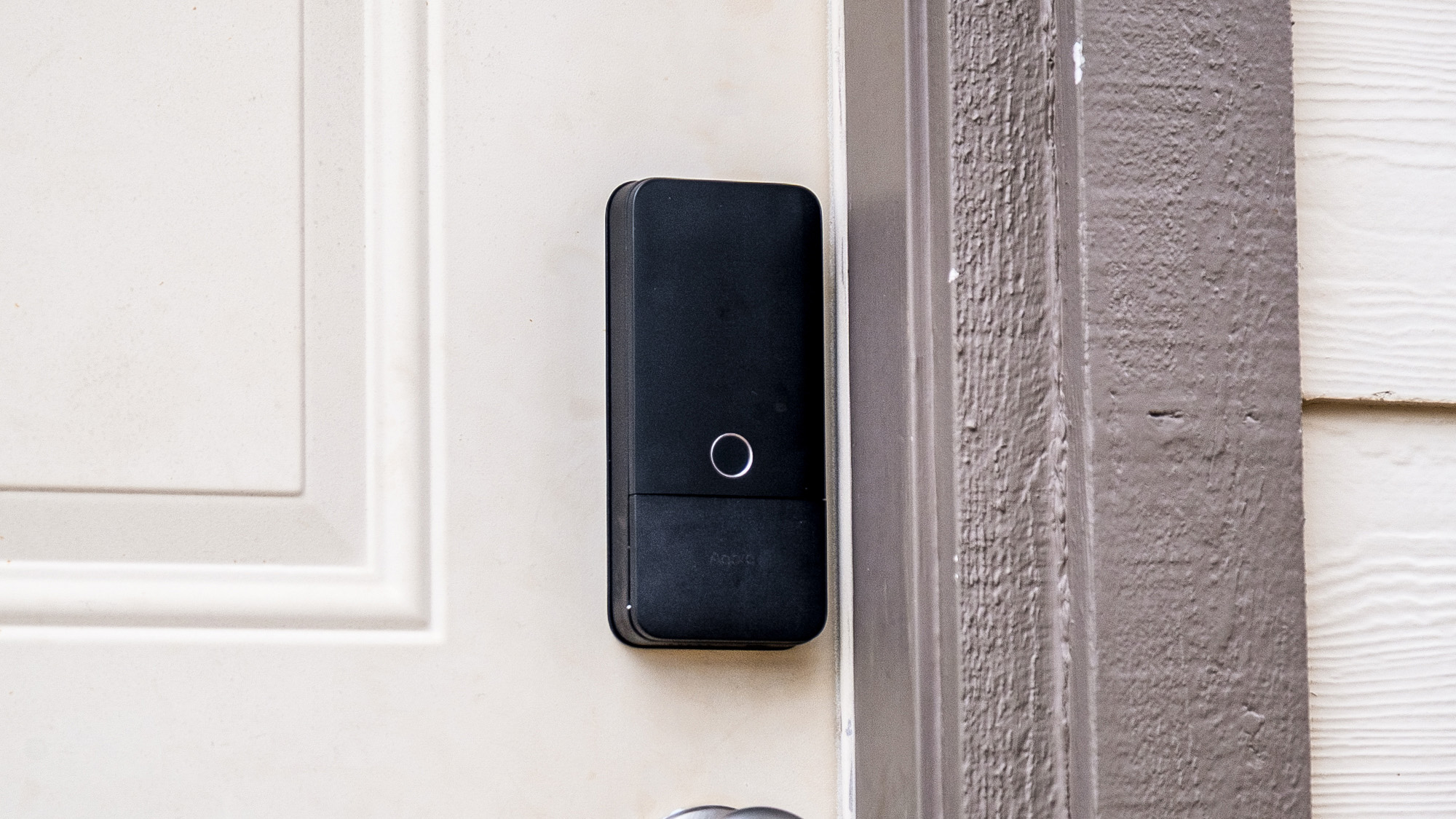Tom's Guide Verdict
Scarily good sound and level design make Alien: Isolation the season's best horror game.
Pros
- +
Engrossing sound design
- +
Metroidvania-style game design
- +
Gorgeous lo-fi art
- +
Lean and compelling story
Cons
- -
So scary
- -
Seriously, super scary
- -
Sound tracking does more harm than good
Why you can trust Tom's Guide
Alien: Isolation, which occurs in the lo-fi universe of the Alien movie series, employs the same horror toolkit that Ridley Scott used back in the original 1979 movie to create an unnerving survival/horror game. Reliant on shadows, sounds and a rarely seen macabre monster, Isolation ignores the extreme and exploitative gore that's come to define the horror genre. That razor-sharp focus on atmosphere and stealth gameplay makes Alien: Isolation one of the best games of the year.
Like Mother, Like Daughter
Alien: Isolation, set 15 years after the events of Alien, follows Ellen Ripley's hypercompetent daughter, Amanda, as she attempts to unravel the mystery of her mother's disappearance. Boarding a space station in the process of decommission, Amanda finds herself in an industrial locale not unlike the one her mother once inhabited and battling the same combination of fear and corporate greed.
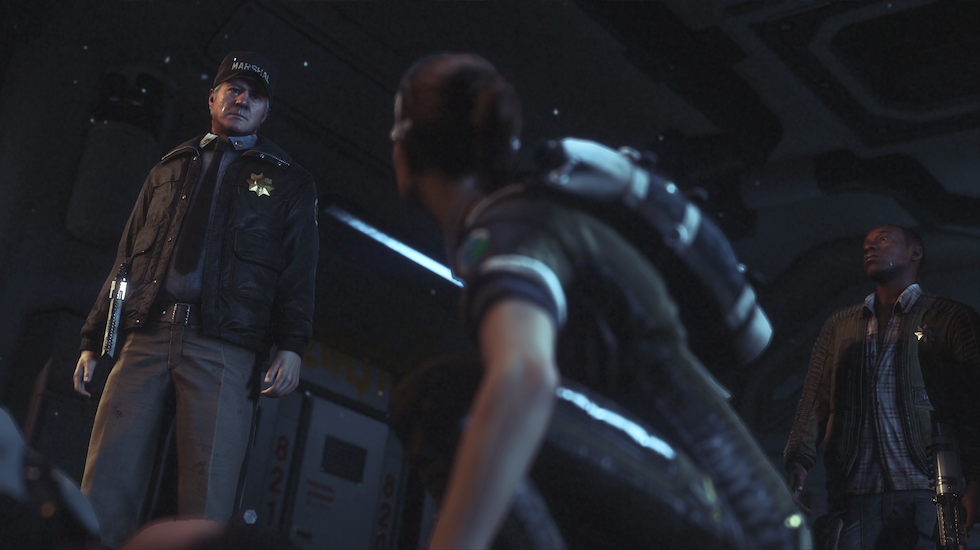
Surprisingly, it's a lean plot, barely more elaborate than the stripped-down plot of the film. Amanda Ripley is lean, too: She's a straightforward workhorse who handles the alien, a collective of murderous androids and gangs of panicked humans with much more aplomb than the rest of us would have.
MORE: Best Gaming Keyboards
Even when the alien appeared hours into the game — causing me to curse, throw down my controller and flee the room shouting "Nope!" — Amanda merely huddled down and kept her string of expletives to a minimum. The game is rated M for violence, blood and strong language — although the latter will primarily come from you and anyone watching you play.
In space, no one can hear you scream
Alien: Isolation is the rare single-player game that's entertaining in groups. When I popped it into my PS4 during a Halloween party, even the sober people were hopping up onto the couch and screaming at the television.
Alien: Isolation is the rare single-player game that's entertaining in groups.
I was surprised by the audience reaction because the game was muted, and a good portion of the scares come from the dynamic audio.
Get instant access to breaking news, the hottest reviews, great deals and helpful tips.
Developer Creative Assembly's audio system adjusts to the player's game style and the surroundings. As a stealthy crybaby, I crept my way through the game while cursing with fear, and the game reacted. The rub of fabric and the squeak of my shoes was exaggerated, and was rivaled only by the "thump, thump, thump" of the alien stalking its prey (me).
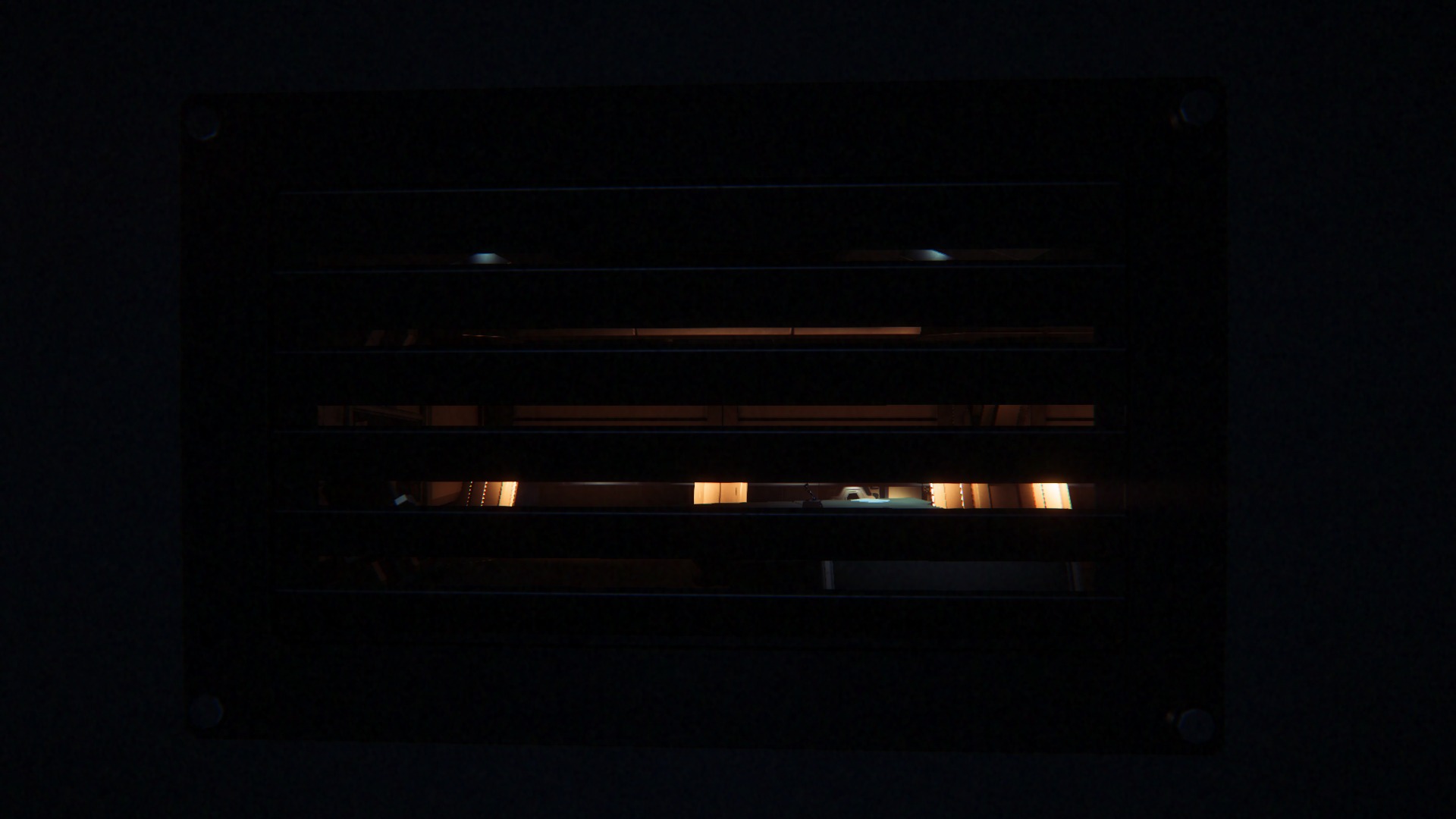
When the sense of dread was too much, I'd retire to a hiding place — usually a conveniently placed storage locker — and the sounds of the space station would wash over me, its creaks and groans bringing to mind the settling of an old house.
The haunting atmosphere of Alien: Isolation isn't based solely on its exceptional sound design. You aren't alone in the omnipresent shadows, as the alien is often completely obscured by the rich darkness in which you both lurk. The interplay of light and shadow creates a sense of palpable dread, one so rich that it took me more than 15 minutes just to make it through the prologue. In space, no one knows what a light switch is.
Lo-Fi Like The Ramones
The aesthetics of Alien: Isolation are decidedly lo-fi. You access computer files on CRT monitors, your bulky motion detector uses vacuum tubes and some power supplies actually have to be pumped to be activated. But as '70s as the in-game technology and art design are, the actual game design is decidedly modern.
Hacking into doors and computers requires you to enjoy a variety of addictive minigames. There's also the use of lo-fi tech, which hampers Amanda as a good maiming would in most other survival horror games. Amanda has only the tools of the station at her disposal — pistols, wrenches and even a cobbled-together flamethrower. There's nothing that can easily kill her enemies.
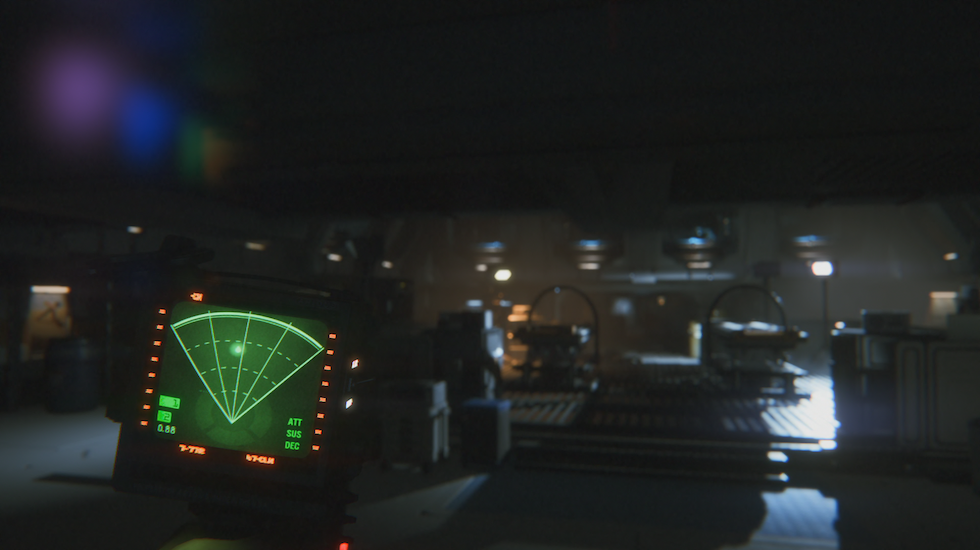
Amanda has to use the same tools to move around the station. Doors inaccessible at the start of the game open up as she finds a toolbox full of accoutrements. The nonlinear design turns Amanda's surroundings into a Metroidvania-style labyrinth. As an exploration nut who always wants to see 100 percent of the map, I was happy to power through the more horrifying aspects of the game just to play the minigames and find new "treasure" troves.
What kind of monster makes this a feature?
Xbox One and PS4 users will find Alien: Isolation more challenging if they choose to attach their Kinect or PS4 camera. The game uses head tracking to monitor the player's physical movements, so turning your head from side to side or leaning forward will cause Amanda to look around or even peer through grates. It's a neat feature, though one too immersive for this scaredycat.
While sound tracking is an interesting exercise in using the next-gen consoles' microphones, it fails when it comes to playability.
The real dealbreaker for me was the sound tracking. The game picks up input from your microphone, and characters and monsters in the game react accordingly. My shouts of "nope" led the alien to my hiding place more than once, and my roommate delighted in blowing raspberries behind me to lure murderous androids to my hiding places.
MORE: Best Gaming Desktops
While the easily frightened part of me wants to call this an exercise in using next-gen consoles' microphones, the pragmatist in me has to note that it's actually a pretty clever way of inserting the player into the game. Just be sure that trolling friends and family aren't around when you play.
Bottom line
How many times can a person shout "nope" and run out of the room in the span of an hour? It will happen at least a dozen times, if the person is playing Alien: Isolation.
One of the best horror games in recent memory.
Through smart use of sound and light, and a wickedly scary old-school monster, Alien: Isolation creates one of the best horror games in recent memory. Yet it's not merely scary — thoughtful game mechanics and a lean, well-told story make Alien: Isolation one of the best games of the year.
